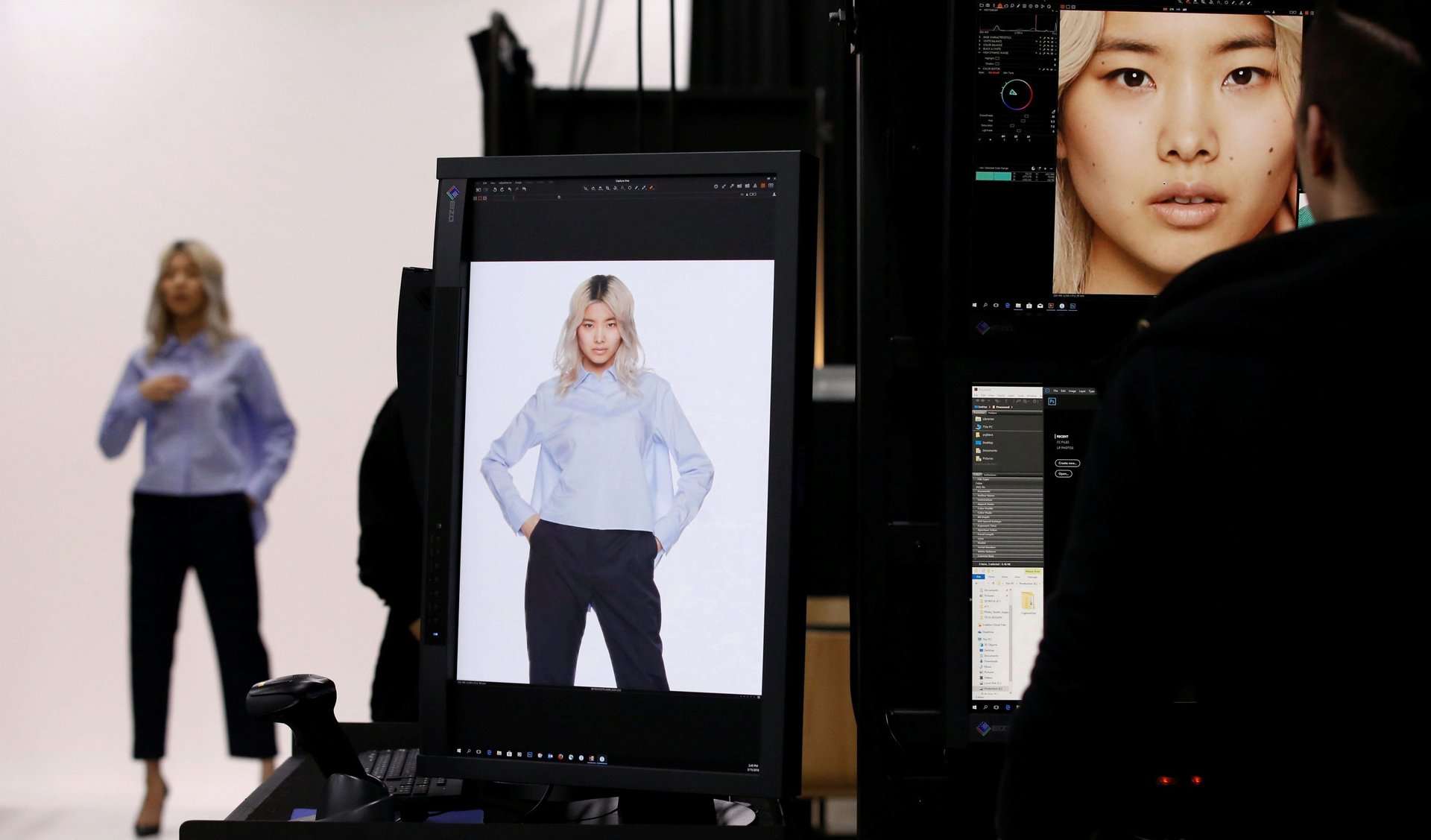Amazon sells tons of clothes, but it still can’t sell fashion
Manny Chirico, the CEO of PVH Corp—the parent company of Tommy Hilfiger and Calvin Klein—offered a frank assessment of Amazon’s role in fashion on a call with investors about his company’s latest earnings today (March 29). “It’s just not where it needs to be right now,” he said. Amazon’s fashion sales, he added, are weak on both “metrics” and “presentation” at this stage.


Manny Chirico, the CEO of PVH Corp—the parent company of Tommy Hilfiger and Calvin Klein—offered a frank assessment of Amazon’s role in fashion on a call with investors about his company’s latest earnings today (March 29). “It’s just not where it needs to be right now,” he said. Amazon’s fashion sales, he added, are weak on both “metrics” and “presentation” at this stage.
To be clear, Chirico wasn’t talking about Amazon’s ability to peddle clothing generally. Amazon has already proved it can sell tons of items such as basic t-shirts, activewear, and underwear. But success with fashion—as in design-driven and trendy items—has remained elusive.
PVH’s business touches on everything from the upper echelons of luxury to mid-priced denim to plastic-wrapped packs of underwear, and it has a strong relationship with Amazon. Yet, Chirico says 70% to 80% of PVH’s business on Amazon is core replenishment items, such as those plastic-wrapped multi-packs of underwear and t-shirts. Analysts have found similar trends across all the clothing sold on Amazon.
“Clearly they’re on it,” Chirico added, speaking of the company’s efforts to break into fashion proper. Amazon has launched its own line of on-trend womenswear, tried sponsoring the men’s shows (paywall) at New York Fashion Week, and experimented with efforts such as a live fashion TV show (though that was quickly cancelled). The attempts keep coming. Just this month, Amazon opened an 80,700-sq-ft fashion photo studio (paywall) in Tokyo.
And opportunity is certainly not lacking. Amazon is on its way (paywall) to becoming—or may already be, depending on which estimates you go by—the largest apparel retailer in the US, while the number of American households with a Prime membership just keeps growing. Prime’s penetration, as it happens, is high among upper-income households, and according to research from Morgan Stanley, Prime members are much more likely to buy clothes on Amazon than non-Prime shoppers.
Designer brands, particularly high-end ones, shy away from selling on the site in part because they traffic in a perception of exclusivity and prestige, qualities that quickly vanish when selling on a platform as ubiquitous as Amazon. As Chirico noted, Amazon’s presentation doesn’t cast fashion in the best light.
But as the power of e-commerce platforms such as Amazon increases, write Business of Fashion and McKinsey in their 2018 “State of Fashion” report (pdf), “the question for fashion brands is no longer ‘if’ but ‘how’ to collaborate with big online platforms.”